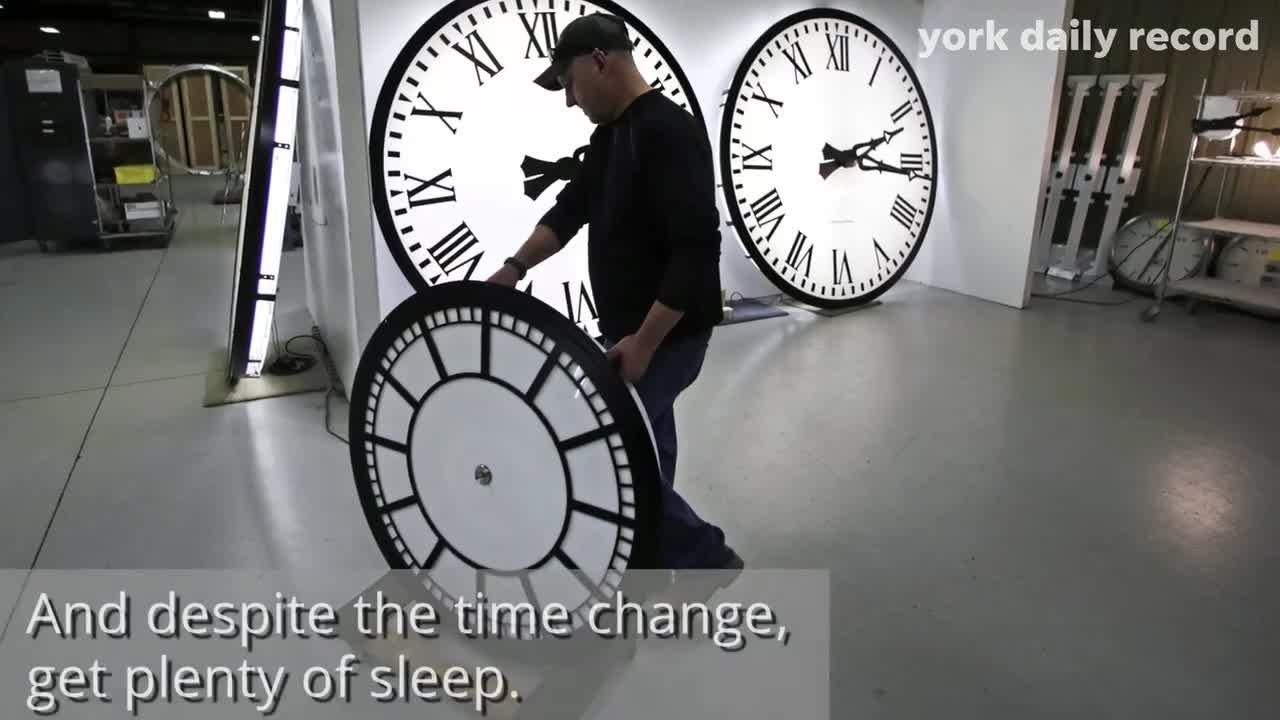

Daylight savings time 2018 fall back november 4 manual#
These days, most phones and computers automatically change with DST, but regular clocks, kitchen equipment and many car clocks still require a manual adjustment. More: Alabama passed a bill to permanently adopt Daylight Saving Time. The issue has gone back and forth in Texas over whether to change daylight saving time, but so far no action has been taken in the state. In California as well, voters authorized the end of DST in 2018, but likewise they are awaiting federal action. Georgia has made the attempt twice in both 20.įlorida was the first state to enact legislation permanently ending DST, but it cannot be enforced yet without federal precedent. Virgin Islands also do not observe DST.Īccording to the NCSL, the states that have attempted to do away with DST are: The territories of American Samoa, Guam, The Northern Mariana Island, Puerto Rico and the U.S. The two states that do not follow DST are Arizona and Hawaii. Johnson set daylight saving to run from the second Sunday in March through the first Sunday in November, except for the areas that desired to remain on standard time. The designated dates for DST were put into federal law in 1966, when President Lyndon B. There have been two periods of time when the United States had year-round DST – 75. when it was begun, following Germany’s 1916 effort to conserve fuel during World War I. The history of DST goes back as early as 1918 in the U.S.

It looks like both the United States and Canada will follow these new guidelines.Benjamin Franklin is credited with first introducing the idea of a seasonal time change in 1784, but there was no laws made for the change at that time. Starting in 2007, Daylight Saving Time will start on the second Sunday in March and end on the first Sunday in November. In 2005, the American government passed a bill that would change the way we observe Daylight Saving Time, yet again. And still there are states, such as Hawaii, most of Indiana and Arizona, who do not observe Daylight Saving Time. It wasn't until the mid-1970s that an official law on the matter was passed.

An hour of extra light at night wasn't going to do them any good. At the time, many Americans were farmers used to getting up early and going to bed early as well. For years after WWI, the United States government let individual states and cities decide whether or not they wanted to observe Daylight Saving Time because it had angered so many people originally. The practice of switching the time around has been a muddle ever since. It wasn't until World War I that countries started to think of observing Daylight Saving Time. But that doesn't mean that Daylight Saving Time has been a hit with everyone. as early as they would have, had their clocks not been turned back. Daylight Saving Time is proven to save on energy because people aren't turning on their lamps, heat, etc.


 0 kommentar(er)
0 kommentar(er)
